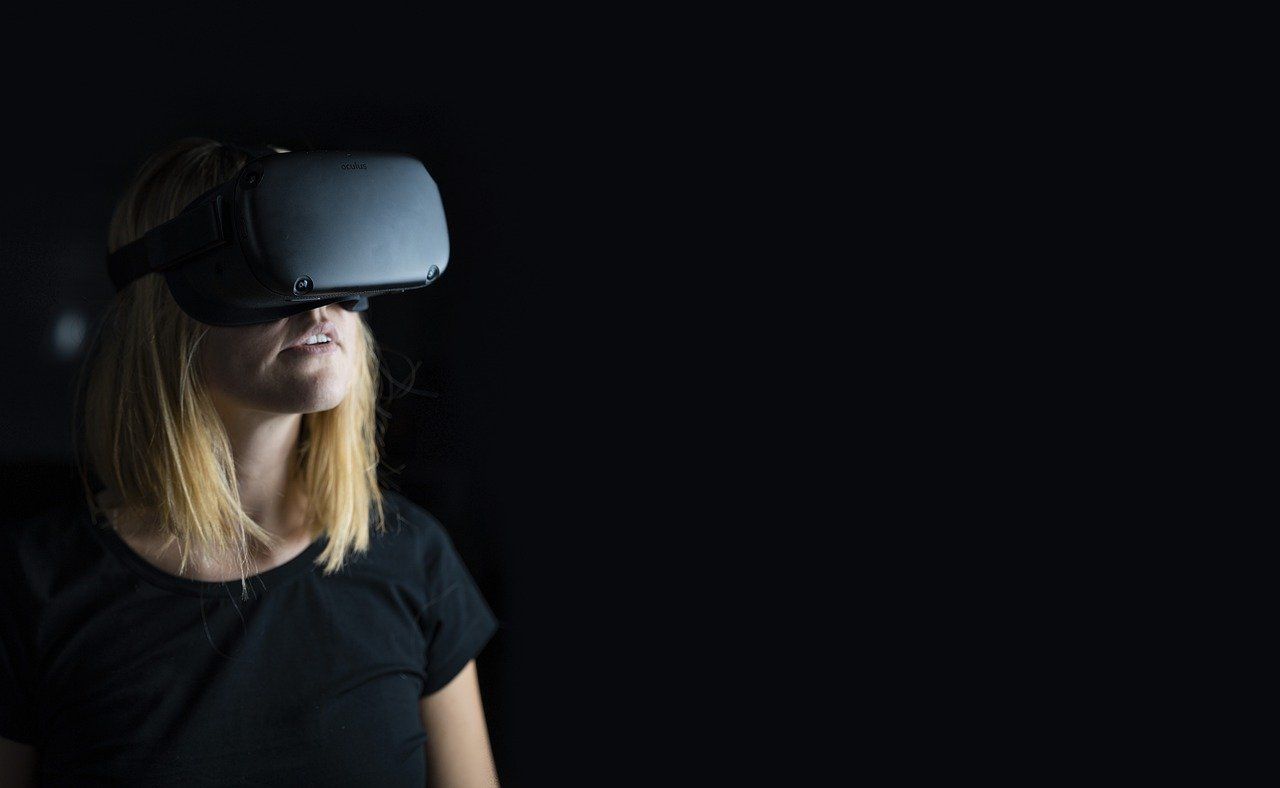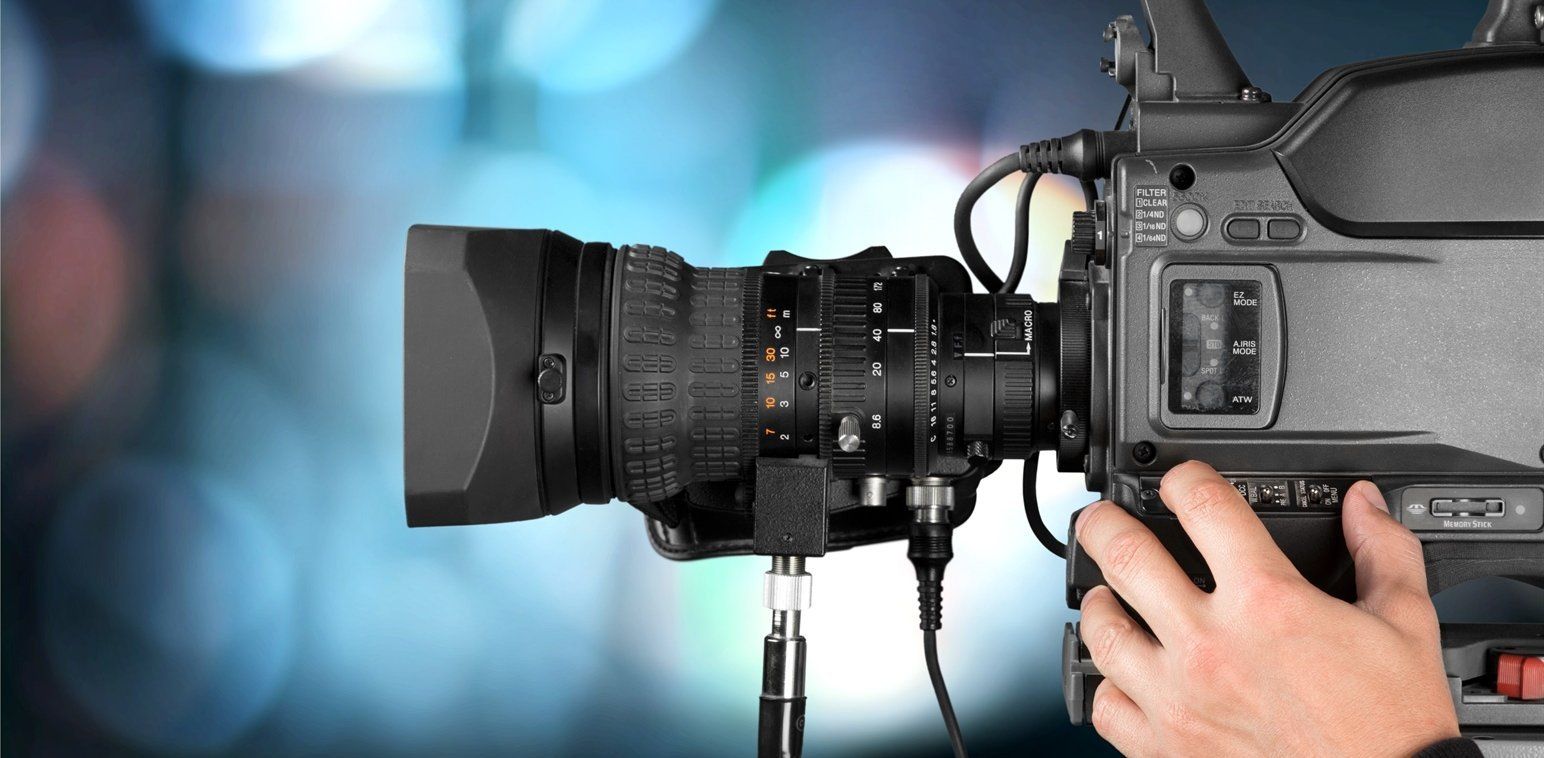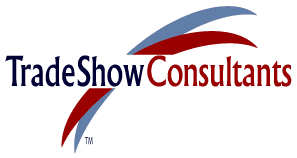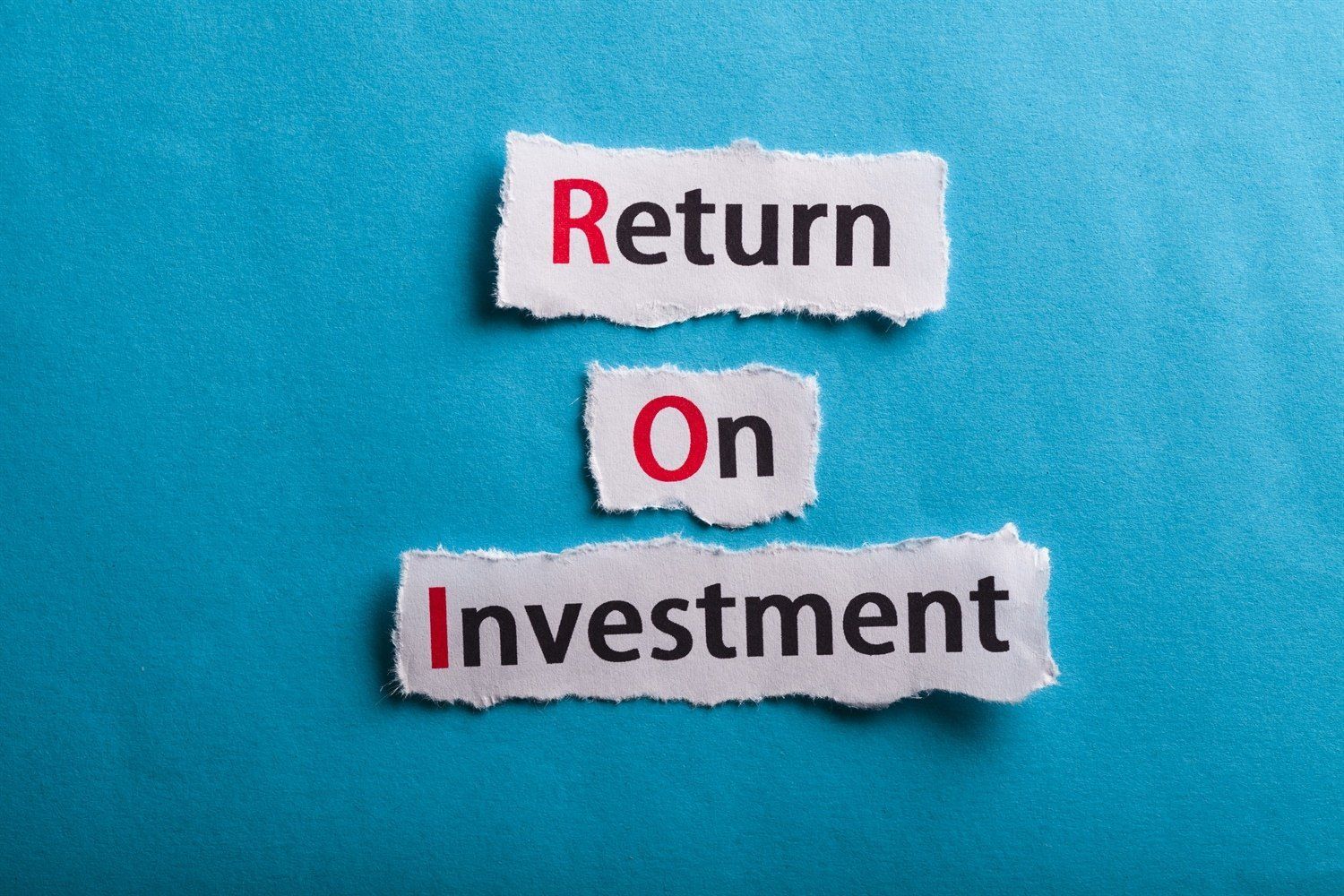Modern Trade Show Exhibiting with Kaizen
Kaizen
(改善) (excerpt from Wikipedia) is the Sino-Japanese word for improvement. In business, Kaizen
refers to activities that continuously
improve all functions and involve all employees from the CEO to the assembly line workers. It also applies to processes, such as purchasing and logistics, which cross organizational boundaries into the supply chain.
By improving standardized programs and processes, kaizen
aims to eliminate waste. Kaizen was first practiced in Japanese businesses after World War II, influenced in part by American business and quality-management teachers, and most notably as part of the Toyota Way. It has since spread throughout the world and has been applied to environments outside business and productivity.
Chase perfection, catch excellence.
Exhibiting at trade shows is by its very nature a complicated and often daunting endeavor. Especially if perfection and excellence are keys to determining if the effort was a complete success or disappointing failure.
The myriad logistics associated with planning and executing a successful trade show exhibit program are varied, complicated and, demand focus, attention to detail, and a significant dedication from those charged with managing these challenging, expensive and time consuming events.
The very beauty of the trade show exhibiting function is based on the unique nature of the environment on the convention floor where the concept of Kaizen
can be successfully applied. Because the trade show exhibit environment is a living experience, it can be studied, evaluated, modified and managed like few other marketing and sales functions.
With Kaizen
, in mind, the trade show exhibit’s manager can use many tools available to build a program that chases perfection to catch excellence.
Trade show exhibiting excellence looks like managing a program that;
- Establishes realistic exhibiting goals and objectives enthusiastically supported by all stake holders.
- Plans and documents well in advance, strategies that support pre-established goals.
- States and implements various creative tactics before, during and after the trade show that supports strategies, goals and objectives.
- Avoids last-minute changes that cost time and money.
- Demands others to get involved when it’s the trade show exhibit manager’s sole responsibility.
- Delivers accurate ROI (return on investment) justification for trade show exhibiting.
- Enjoys the talents of a professional trade show exhibit manager who is motivated by Kaizen and is recognized, supported, and compensated as the company’s trade show exhibit expert.
Keys to consider while initiating your Kaizen philosophy include;
- First and foremost, commit yourself to being your company’s trade show exhibiting expert and be proud of your contribution in presenting your company and its people, products, and culture on the world’s stage.
- Own the trade show exhibiting experience, while taking positive charge of planning, executing, and substantiating the value and ROI of exhibiting at trade shows.
- Work the booth the entire show, demonstrating your serious commitment to excellence for all to see and admire.
- Become a student of effective trade show exhibiting, learning as much as possible from experts and actual experiences.
- Listen to comments, suggestions, questions, and complaints while demonstrating the attitude of Kaizen in that you will improve and are committed to it.
- Observe your competitors and other interesting exhibitors on the show floor and learn from their exhibit presentations.
- Take notes prior, during and after the show and include them in a post trade show analysis complete with your suggestions to improve at the next show.
- Realize and communicate to stake holders that every trade show is a learning experience to build on as you are chasing perfection with the hopes of catching excellence.
- Embrace the attitude of doing it, fixing it, and doing it again until you get it right.
- Develop and distribute a pre-show briefing memo to stake holder’s months before a show outlining pertinent trade show details, logistics, goals, objectives, strategies, and tactics effectively establishing your high level of confidence, responsibility and authority.
- Stage a pre-show meeting the night before the show opening where management gathers to review the trade show goals, objectives, strategies and tactics.
- Stage after-show meetings each day to review the day’s events.
- Develop an at-show questionnaire for your people to complete and hand to you with their comments so you can add them to your post-show evaluation.
- Develop your own post-show report outlining people’s comments, what you thought worked, what didn’t, and what improvement will be made at the next show.
- Take time to observe how your exhibit is functioning on the show floor.
- Interview booth visitors to learn their opinions of their experience while in your booth.
- Ensure that your after-show response packages are organized and ready to be provided to prospects.
- Ensure that your CRM system is in place and able to respond to all requests for additional information and the effective tracking of sales leads is guaranteed.
Conclusion;
Committing yourself and your company’s trade show exhibiting program to Kaizen is a smart and logical way to build a successful program one piece at a time on a foundation of your actual live exhibit floor experiences. Establishing yourself as the trade show exhibiting expert and taking charge of all exhibiting aspects will afford you the respect and freedom you want to innovate, experiment and create new and exciting strategies and tactics to chase perfection and catch excellence.
Peter LoCascio, Founder
Trade Show Consultants
www.tradeshowconsultants.com














